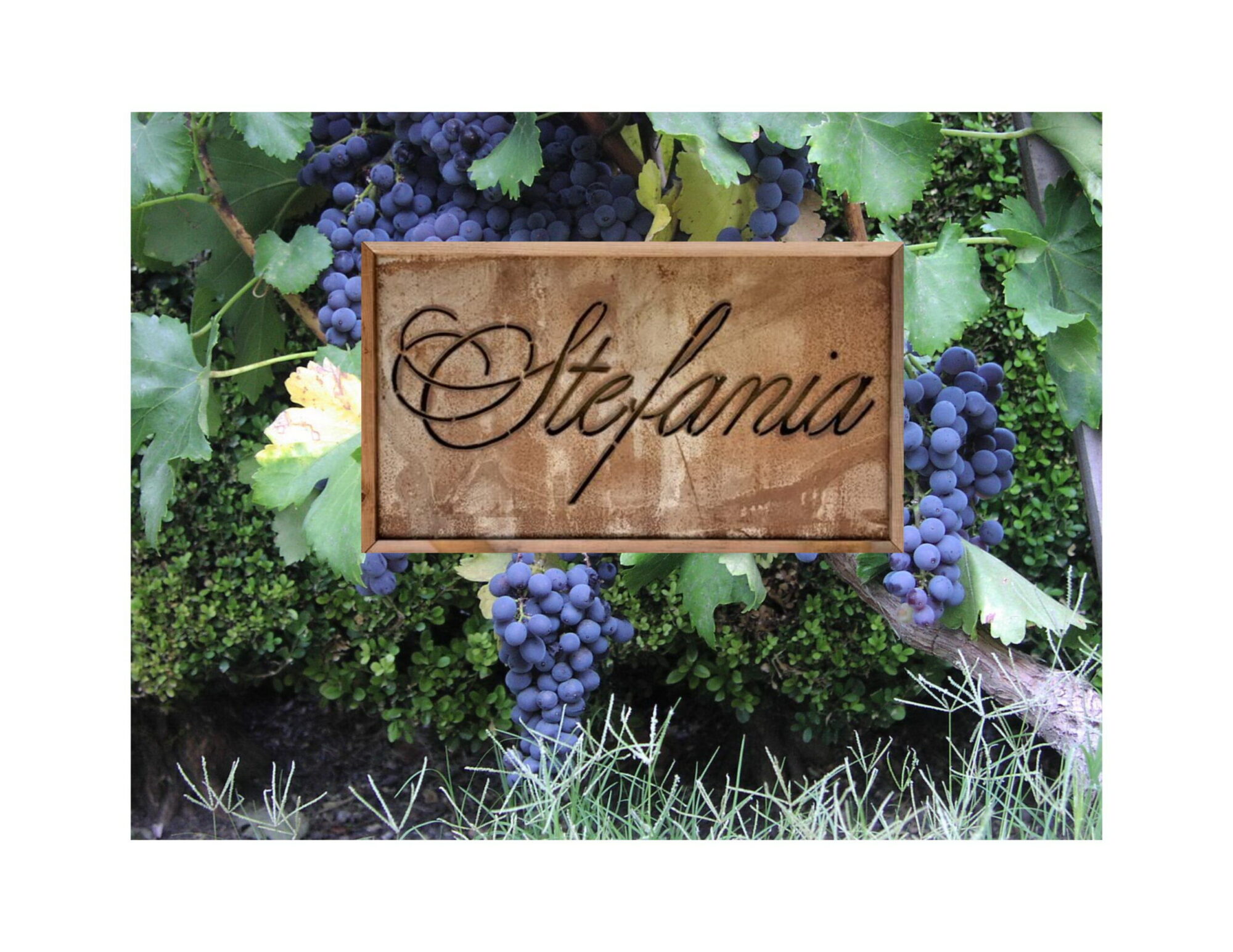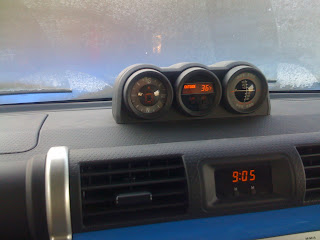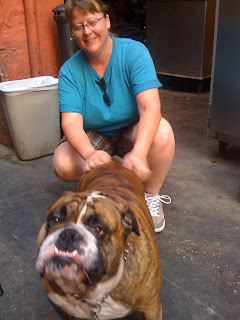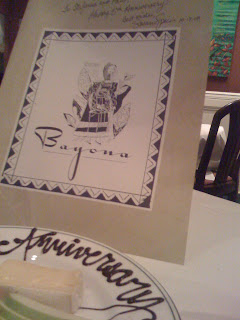United States Department of the Treasury, Alcohol and Tobacco, Tax and Trade Bureau. They go by TTB. That’s the agency in charge of all federal laws around wine and collecting taxes on wine. They also approval all labels.
The approval process can be very mystifying, and approval can depend as much on the person reviewing your application as anything. It really can be very random, but that’s not the point of this little rant.
The TTB has an entire set of rules on what you can say about where a wine was produced. These laws were mostly drawn up in the 1970’s. The top ‘ranking’ is Estate. That’s the most strict labeling in theory. To call something Estate, it must be grown, produced, cellared and bottled on property owned by the winery. The thought in the 70’s was this would be a way for consumers to identify the very best wines.
It never worked that way of course. Gallo can claim a bottle of jug wine is Estate. Even if it came from 1000’s of tons grown on 1000’s of acres in Monterey and then trucked to their giant tank facility in the Central valley. They own all that property so that, according to the rules, is Estate wine. The term Estate never really caught on as a quality indicator, and with the rise of winemakers like Brian Loring, Adam Lee and Wells Guthrie, who owned no vineyards it became even less a quality indicator. Still the rules remain as well as rules for all kinds of other things you can put on the label. Produced By, Produced and Bottled By, Cellared By, Bottled By, all have their own set of rules. In theory these rules are to help the consumer. In practice they are in fact worse than meaningless, they are misleading.
Our Haut Tubee is a perfect example. We grow that wine on our Estate. Well it’s our yard, no one but the TTB would mistake it for an Estate, it’s a track home in a suburb, but it still counts as an Estate. The wine is then made by us at Chaine ‘d Or. We produce it and cellar it there. According to all the rules we can call that Estate Wine since we manage Chaine ‘d Or and the grapes are grown in a vineyard we own.
We’re not bottling it at Chaine d’Or. Bottling equipment is expensive and prone to failure, so most small wineries use a third party bottling company to do bottling. It’s called the bottling truck and the truck uses your bond to bottle, in effect you rent the truck and crew and provide extra labor. The TTB doesn’t care about this, it can still be called Estate.
But now things get silly. For logistical reasons we’re going to have the bottling truck go to Big Basin Vineyards for our next bottling. 9 of the 12 barrels we want to bottle are at Big Basin, so we are going to move the other three there to bottle. This is called a bond to bond transfer. We transfer the wine to Big Basin. I then write Big Basin a power of attorney letter and allow them to do business as Stefania Wine for two days. They then file a statement in Santa Cruz County that they will be Stefania Wine for two days. All these hoops are to keep things legal and make sure we’re not trying to hide wine, and thus excise tax from the TTB (The tax on three barrels is about $50, it costs about $300 to do all these paperwork steps, as per Alex Spiro).
So we are good to go. But guess what, we can’t call the wine Estate anymore. In fact we can’t even call it Produced and Bottled by. The only thing we can legally claim is “Bottled by Stefania Wine.” Which of course is the one and only thing that is not true. The wine was grown, produced, aged, and cellared by us on our estate, but bottled by Big Basin Vineyards.
So when you see these phrases on the back of bottles, ignore them, they are totally and completely meaningless.










